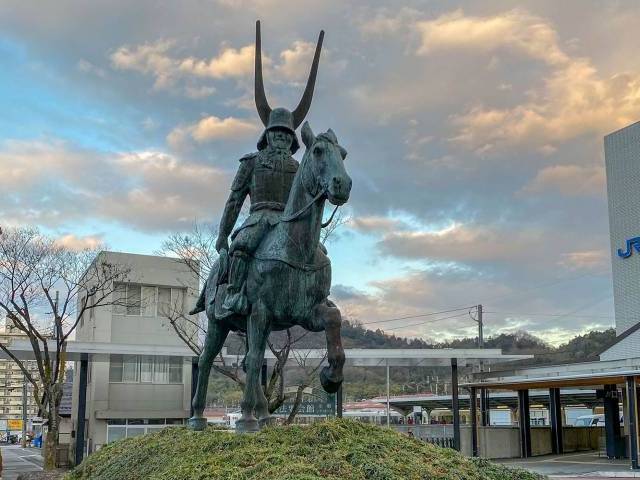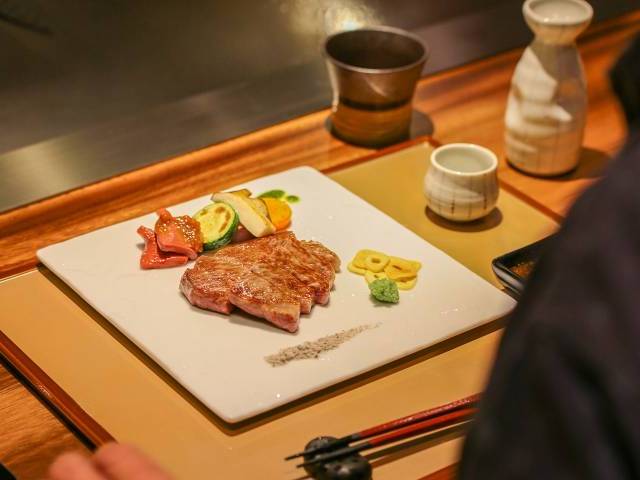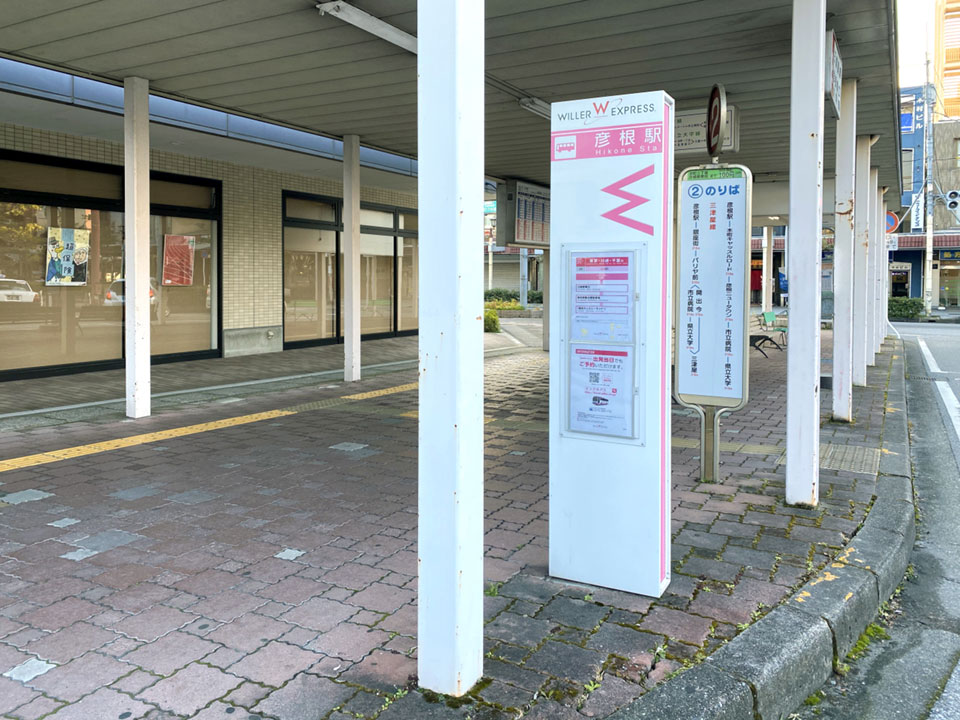Ōmi is the old, traditional name of the central Japanese region now known as Shiga Prefecture. The locals share a certain pride in evoking the regions’ traditional name, Ōmi, as it emphasizes the rich array of history and culture that remains here.
Politically, strategically, economically and culturally, Ōmi has long been an important region. Site of many samurai battles, warlord Oda Nobunaga fought hard to capture and hold this land. The Ii clan would build the extant National Treasure designated Hikone Castle in Ōmi to keep a firm grasp on troop movements between east and west Japan. The major historical thoroughfares, the Tokaido and Nakasendo highways linking the ancient capital, Kyoto and the Shoguns’ political bases of Kamakura and later Edo (Tokyo) passed through Ōmi along the eastern side of mighty Lake Biwa.
Japan’s largest lake, Biwa, is a virtual inland sea and a major water transportation and distribution channel. People, goods, information and culture were always coming and going through Ōmi. The Ōmi region was once the centre of Buddhism in Japan, and even now has one of the highest ratios of Buddhist temples per population in all of Japan. Ōmi’s merchants established many companies that form the backbone of the modern Japanese economy. Traditional industries dating back hundreds of years are still maintained in Ōmi today, including sake brewing, textiles and dyeing, ancient crafts, even traditional and modern manufacturing. With plentiful water and rich, flat fertile lands interspersed with mountains, Ōmi was ideal for growing rice, a food, commodity, and a currency, increasing the value of Ōmi.
To many, thoughts of Japan invoke images of samurai, magnificent castles and battle sites, of temples and shrines, traditional industries and crafts, of great lakes, mighty mountains and pristine nature. In essence, they are thinking of Ōmi. No wonder the locals are proud of Ōmi.
Omi, the old, traditional name of central Japan’s Shiga Prefecture invites you to discover the rich array of remaining Japanese history, the culture, the amazing tastes and experiences awaiting you.




